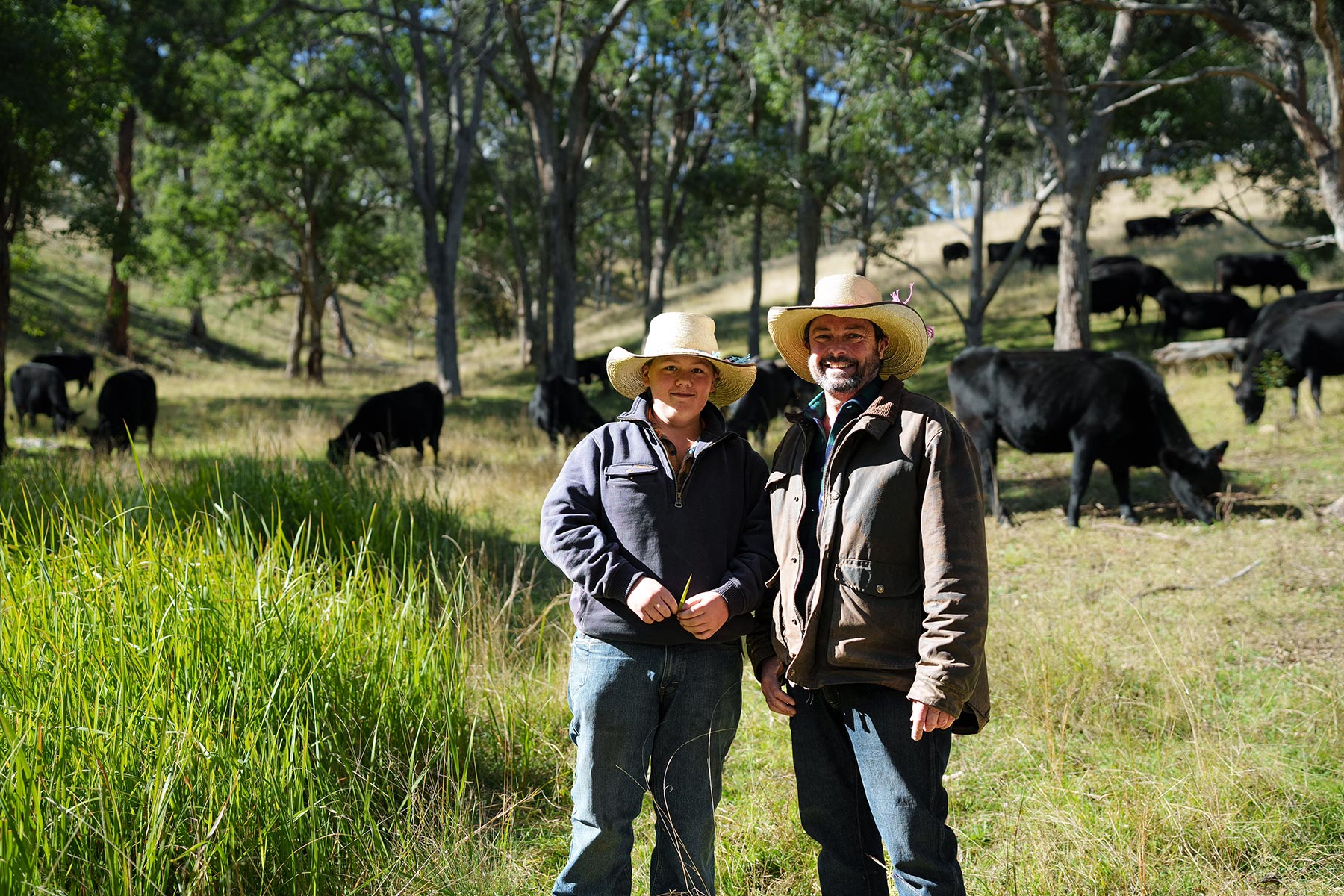
“The Cheyenne project is proof that size doesn’t limit your ability to make a difference. By adopting carbon farming strategies, Australian primary producers on farms of all sizes can be at the forefront of a sustainable future.”
Terry McCosker OAM, Founder, CarbonLink
Nick’s approach is already rooted in regenerative agriculture, which drives every aspect of his work. His focus on grazing and resting pastures to develop deeper root systems, increase leaf growth, enhanced photosynthesis and improved plant vitality made a carbon farming project a natural progression for him. sequestering carbon from the atmosphere and effectively storing it in the soil aligns with Nick’s commitment to sustainable farming and reducing long-term environmental impact, demonstrating how regenerative practices can contribute to agricultural productivity profitable outcomes.
Focusing on optimising land management, we recommended Cheyenne expand its paddock system, reduce average paddock sizes, and transition from superphosphate to more suitable mature. These strategic changes have enhanced soil water-holding capacity, improved aeration, and promoted healthier root growth, contributing to a more sustainable and productive farming approach.
The programme focused on reducing high stocking density for short durations and aligning rest periods with pasture growth rates. Cattle graze 30-40% of paddocks in summer and up to 80% in winter, with rest periods of 40 days in summer and 120 days in winter to optimise pasture health.